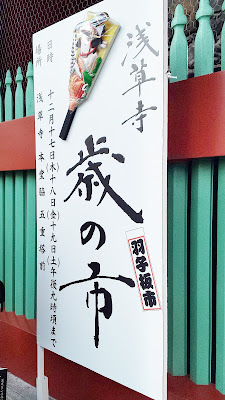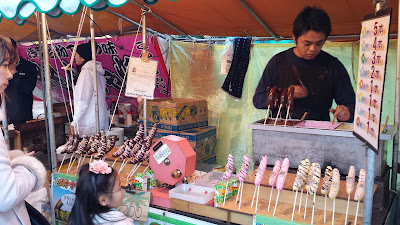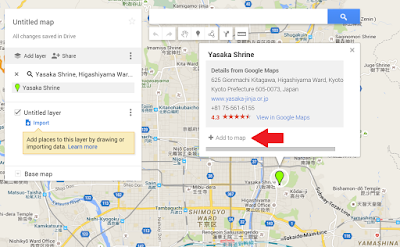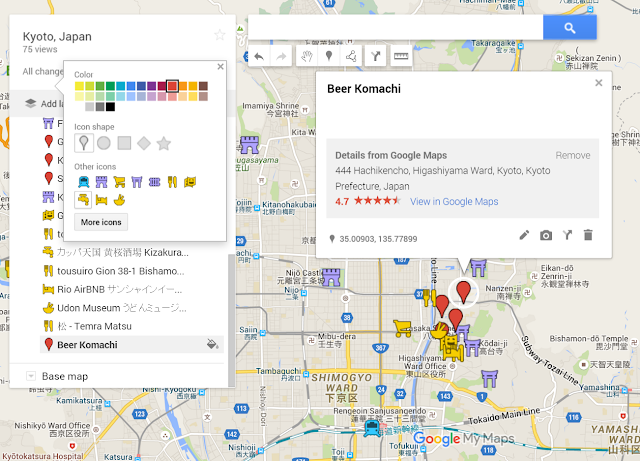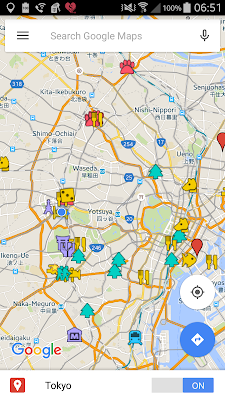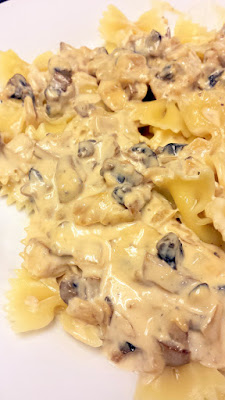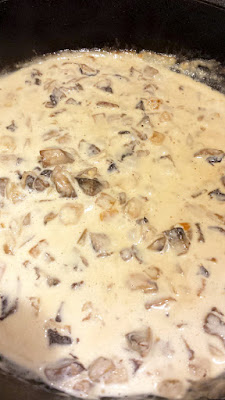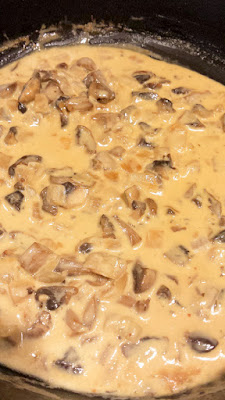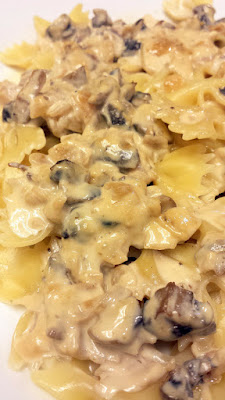For Foodie Friday today, I continue my new series highlighting a Portland Drink and a Bite of food that I think not only is best in class within Portland, but is a classic representation of the character of Portland. Of course, that Portland Drink and a Bite Highlight is also delicious, and unique.
My pick this week is Higgins Portland. Higgins Restaurant and Bar is one of those classic Pacific Northwest cuisine restaurants that changes its menu weekly to reflect what is the best in local products for not only the season but for the week. There are many restaurants and even food carts in Portland now that take advantage of the best ingredients from the farmers and producers locally here, but Higgins has been doing so for more than 20 years, and promoted this responsibility and represented Oregon worldwide.
Chef Greg Higgins (2002 James Beard award as Best Chef in the Northwest) and the Higgins Restaurant and Bar philosophy strongly sources not only local ingredients, but focuses in supporting on local small farms, organic, and sustainable agriculture practices. Higgins believes not only in delicious food on the table, but stewardship of our soil, water and air.
Higgins’ premise is “food is community – an idea that creates respect, commitment and responsibility from farmer to chef to diner.” (See more at the Higgins website. There is also a wonderful profile for the Higgins 20th anniversary at Oregon Live.).
It’s no wonder than that when visitors to Portland ask where they can try Pacific Northwest cuisine, Higgins is always on my list of recommendations. Higgins is a white tablecloth restaurant that is perfect for a business lunch or a classy meal of lunch or dinner.
You notice the focus on celebrating freshness and the best ingredients right away with even the complimentary bread service, which comes with perfect bread- crusty crunchy on the outside, soft and doughy on the inside- that you can enjoy with organic extra virgin olive oil.
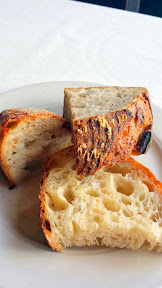

Try to start with the famous Charcuterie Board of artisanal cured meats and pickles. It’s justifiably reknown – it superb in offering an array of flavors and textures upon its giant marble board, as what you would expect when you hear Chef Greg Higgins has loved charcuterie since he was a boy and has books in his library on charcuterie that daties even to the 17th and 18th centuries.

The specific bite I want to highlight for this Portland Drink and a Bite though is the Higgins Lunch and Bistro menu option of the Open-faced sandwich of pastrami, grilled onions & sharp white cheddar. Here I substituted the salad with their daily soup, a butternut squash with quinoa that day.
I think it’s the best pastrami in Portland.
One of the unique things about Higgins is they have on staff not only a wine sommelier, but also a beer steward. You can rest easy ordering any beverage here because all the picks are wonderful at this Portland institution. Instead of a specific cocktail, I urge you to use your best judgement based on what is on the list. In particular I love the wine by the glass list here in highlighting producers I may not have heard of before locally.
Have you been to Higgins Portland? Have you had the pastrami there? Where do you think is the best pastrami in Portland?







